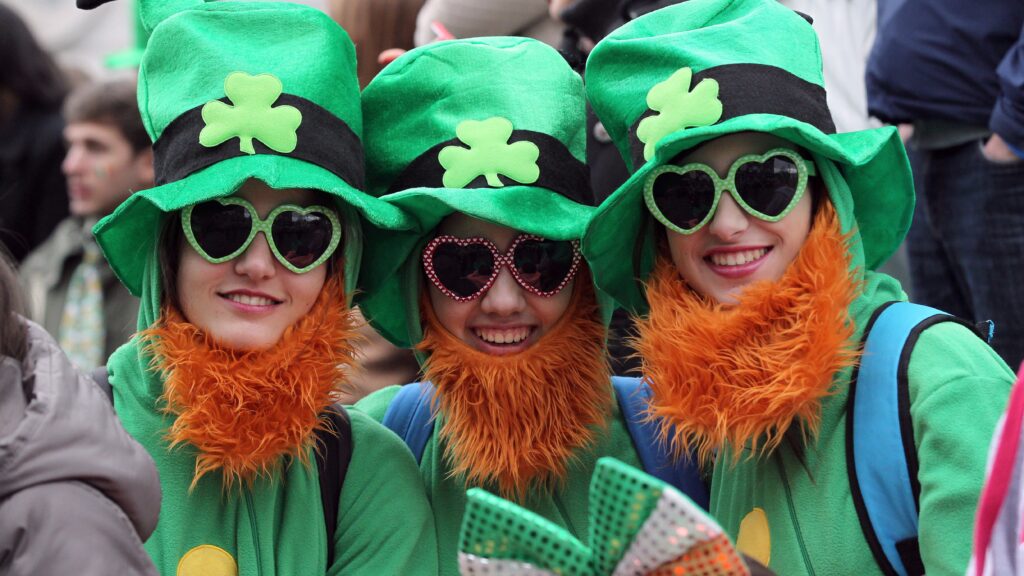St. Patrick's Day is kind of a big deal in the US. Whether or not being Irish has anything to do with your heritage, it's hard not to notice when St. Patrick's Day is celebrated every year on March 17, because the US goes all out for the holiday. Since 1962, Chicago has been dying its river green for the occasion. Bars dye their beer green, corned beef and cabbage becomes ubiquitous on menus, and the parades, oh the parades!
More from MamásLatinas: Delicious mixed drinks recipes for the summer
You're probably familiar with St. Patrick's Day traditions and imagery, but how much do you really know about the holiday, which started as a holy day celebration and morphed into a celebration of all things Irish in this country?
Most of what I knew about it up until now had to do with legends of leprechauns and tall tales of snakes being driven out of Ireland more than actual history. I did know that it had religious origins because it has "Saint" in the title, after all. And it has always kind of reminded me of Cinco de Mayo in that it's more widely celebrated in the United States than it is in its country of origin.
But it makes sense that in a country of immigrants, celebrations like St. Patrick's Day and Cinco de Mayo that provide a much-needed way for immigrants and the children of immigrants to celebrate their ancestral heritage can become a much bigger deal than they have ever been in their native countries. When people celebrate Cinco de Mayo without knowing its history, it sucks. Same goes for St. Patrick's Day, so here's some background on the history of St. Patrick's Day and why it's celebrated so enthusiastically in the US.

